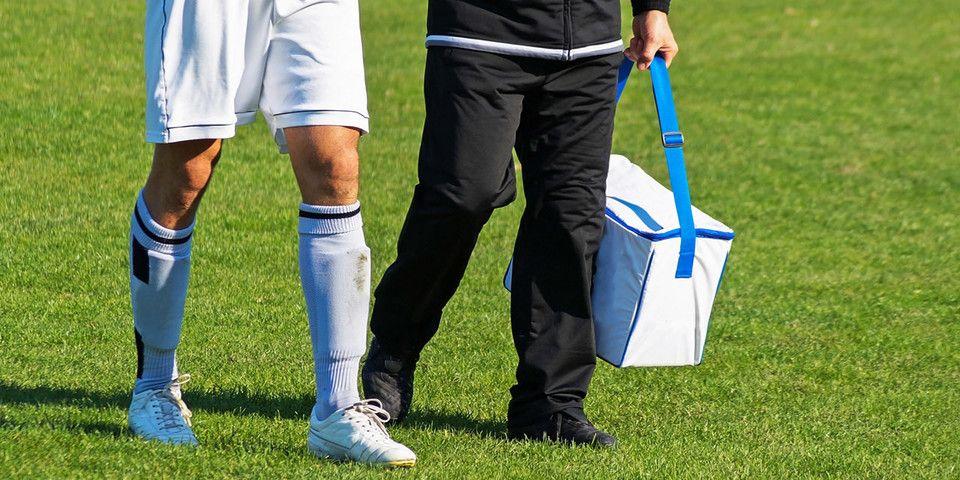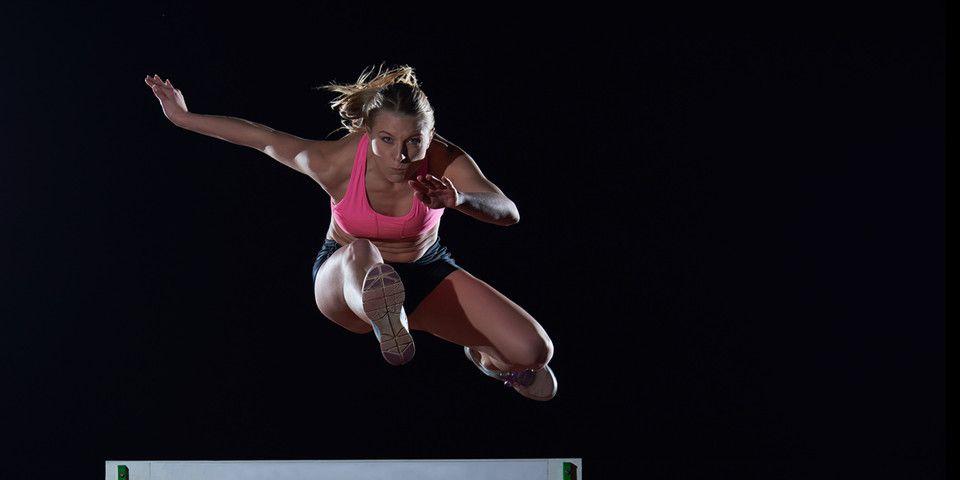How to Treat Shoulder Injuries
Throwing and swinging sports can be excellent for building up the musculoskeletal strength of your shoulders. A steady regimen of activity and strength building exercises can help to build healthy, resilient shoulder muscles, tendons, ligaments, and bones.
But on the other hand, an excessive amount of high-impact, shoulder-centric athletic activity can make the shoulder highly susceptible to overuse injuries. Tennis players are particularly prone to these types of shoulder injuries.
If you are a tennis player, a coach, or the parent or loved one of an athlete, it’s important to familiarize yourself with the risks and nature of tennis shoulder injuries. Prevention begins with awareness; and proper treatment begins with the prompt recognition of symptoms. For this reason, it’s critical that players can distinguish between innocuous soreness from healthy exertion and the orthopaedic tennis shoulder pain and symptoms associated with a serious injury.
Learn more below about common shoulder injuries, tennis shoulder symptoms and treatment options that can effectively address their root causes.
Injury Indicators: Tennis Shoulder Injury Symptoms
The Sports Medicine specialists at Rothman Orthopaedic Institute have compiled the following list of symptoms that may indicate the presence of tennis shoulder injuries:
-
Localized swelling and tenderness in the front of the shoulder
-
Pain spanning from the front of the shoulder to the side of the arm
-
Pain when reaching, lifting, or lowering the arm
-
Pain when throwing during athletics
-
Stiffness or reduced mobility related to lifting or lowering the arm
-
Minor persistent pain during both activity and rest; this pain may increase in intensity over time
-
Reduced strength, motion, or ability to perform precision tasks; these symptoms indicate that the damage in your shoulder may be advanced
The ability to recognize these indicator symptoms is essential for early detection; and early detection is critical for the future of your shoulder health. The sooner you halt the activity that is aggravating your shoulder and begin treatment, the more likely it is that you will make a complete recovery.
If you fail to recognize emerging symptoms and continue high-impact shoulder activity, it is likely that the damage to your shoulder will advance and worsen, making treatment more complicated.
Targeted Treatments: Solutions for Tennis Shoulder Injuries
The majority of shoulder injuries that occur due to tennis activity are related to shoulder impingement, rotator cuff tendonitis, shoulder bursitis, or a combination of more than one of these conditions. Injuries, such as sprains and strains, may likely be responsible for the painful symptoms you are experiencing.
The specific treatment advised will depend upon the nature of your particular injury. The following treatment options are commonly recommended by Rothman Orthopaedic Institute to repair the damage from tennis shoulder injuries.
Activity Modification
(including moderation or cessation of tennis activity)
Moderate how often you’re playing tennis while dealing with your shoulder injury. If you continue to play as frequently as normal, it will be unable to heal. If you’re dealing with a lot of pain, stop playing altogether. When it starts to feel better, ease into playing tennis again.
Non-steroidal Anti-inflammatory Medications (NSAIDs)
NSAIDs are frequently used to control inflammation and reduce pain. They’re available both over-the-counter and prescription. Nonprescription NSAIDs include ibuprofen, aspirin, and naproxen. In certain cases, doctors will prescribe higher doses of these NSAIDs to treat pain and swelling.
Physical Therapy
Physical therapy and targeted shoulder injury exercises can treat your shoulder injury for musculoskeletal resilience and strength-building. By building strength in the shoulder muscles and the surrounding muscles, your shoulder will be able to heal and you’ll be less susceptible to injuries in the future.
Injections
Injecting steroidal medications, including cortisone, into the shoulder reduces inflammation which reduces pain. Cortisone injections are particularly effective for patients suffering from shoulder bursitis.
Surgery
When the non-invasive treatments listed above are no longer effective, an orthopaedic doctor will recommend surgical treatments. These may include open anterior acromioplasty or arthroscopic shoulder surgery
At Rothman Orthopaedic Institute, our Sports Medicine team evaluates more than 80,000 sports injuries annually and performs over 10,000 surgeries. If you are experiencing the painful symptoms of a tennis shoulder injury, advanced, effective treatment can help to ensure a full recovery and a successful return to tennis activity. To learn more about shoulder and elbow treatment options, click here.
Related Physicians
Locations
Related Specialties
Related Programs
-

Athletic Training- Sport Medicine Outreach
Our Field Athletic Trainers provide direct sports medicine care to youth, high school, college and professional athletes. Rothman AT’s provide athletic training services throughout Southeastern PA to interscholastic high schools, colleges, as well as tournaments and special events.Read More -

Women’s Sports Medicine Program
The Women’s Sports Medicine Program at the Rothman Orthopaedic Institute is the first of its kind in the Philadelphia metro area and one of only several such programs specializing in the comprehensive care of the female athlete in the country.Read More




